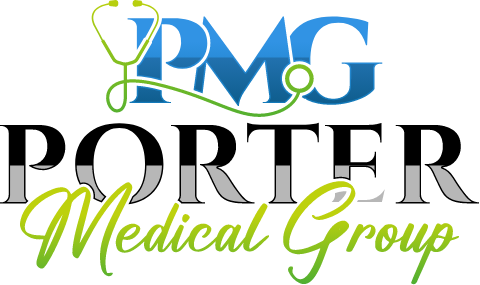Understanding Causes, Symptoms, and Treatment Options for Hormonal Imbalances
Hormones regulate various bodily functions, including metabolism, mood, reproduction, and growth. When hormones become imbalanced, it can lead to a wide range of symptoms and health issues. In this blog post, we’ll explore the causes of hormonal imbalance, common symptoms to watch out for, and available treatment options to restore hormonal balance and improve overall well-being.
What Causes Hormonal Imbalance?
Hormonal imbalance can occur for a variety of reasons, including:
Age-Related Changes
Hormonal fluctuations are common during puberty, menstruation, pregnancy, and menopause.
Chronic Stress
Prolonged stress can disrupt the balance of stress hormones such as cortisol, leading to imbalances in other hormones.
Poor Diet and Lifestyle Habits
Unhealthy eating habits, lack of exercise, and excessive alcohol consumption can all contribute to hormonal imbalances.
Medical Conditions
Certain medical conditions, such as polycystic ovary syndrome (PCOS), thyroid disorders, and diabetes, can disrupt hormone levels.
Medications
Certain medications, including birth control pills, hormone replacement therapy, and corticosteroids, can interfere with hormone levels.
Common Symptoms of Hormonal Imbalance
Irregular Menstrual Cycles
Changes in the frequency, duration, or intensity of menstrual periods may indicate hormonal imbalance.
Weight Gain or Difficulty Losing Weight
Hormonal imbalances can affect metabolism and lead to unexplained weight changes.
Mood swings
Fluctuations in hormone levels can impact mood, leading to irritability, anxiety, or depression.
Fatigue
Hormonal imbalances can cause fatigue or low energy levels, even with adequate rest.
Changes in Libido
Decreased sex drive or changes in sexual function may be signs of hormonal imbalance.
Skin Problems
Hormonal imbalances can manifest as acne, oily skin, or other skin issues.
Hair Loss or Hair Thinning
Changes in hormone levels can affect hair growth and lead to hair loss or thinning.
Sleep disturbances
Hormonal imbalances may disrupt sleep patterns, leading to insomnia or difficulty staying asleep.
Diagnosis and Treatment Options
Medical Evaluation
If you suspect you have a hormonal imbalance, it’s essential to seek medical evaluation from a healthcare professional. They may conduct blood tests, hormone level assessments, and physical exams to determine the underlying cause of your symptoms.
Lifestyle Modifications
Making healthy lifestyle changes, such as adopting a balanced diet, regular exercise, stress management techniques, and adequate sleep, can help support hormonal balance.
Hormone Replacement Therapy (HRT)
In cases of severe hormonal imbalance, hormone replacement therapy may be recommended to supplement deficient hormones and restore balance. This may involve medications such as estrogen, progesterone, testosterone, or thyroid hormones.
Nutritional Supplements
Certain vitamins and minerals, such as vitamin D, magnesium, and omega-3 fatty acids, play a role in hormone production and regulation. Supplementing with these nutrients may help support hormonal balance.
Herbal Remedies
Some herbs, such as chasteberry, black cohosh, and evening primrose oil, are believed to have hormone-balancing properties and may be used as natural remedies for hormonal imbalances.
Stress Reduction Techniques
Practicing stress-reducing techniques such as meditation, yoga, deep breathing exercises, and acupuncture can help lower cortisol levels and support hormonal balance.
Hormonal imbalance is a common yet often overlooked issue that can have a significant impact on overall health and well-being. By understanding the causes, symptoms, and treatment options for hormonal imbalances, individuals can take proactive steps to restore balance and improve their quality of life. If you’re experiencing symptoms of hormonal imbalance, don’t hesitate to seek medical evaluation and explore treatment options available at Porter Medical Group.




3 Comments
The Common category includes then following block: Paragraph, image, heading, latest gallery, quote, audio, cover, video. The paragraphs block is the default block type. This is should not have any and alignment of any kind. Category and then there are many things to following blocks and many more.
The Common category includes then following block: Paragraph, image, heading, latest gallery, quote, audio, cover, video. The paragraphs block is the default block type. This is should not to have any alignment of any kind.
The Common category includes then following block: Paragraph, image, heading, latest gallery, quote, audio, cover, video. The paragraphs block is the default block type. This is should not have any there alignment of any kind. Category and then there are many things too following blocks and many more.
Comments are closed.